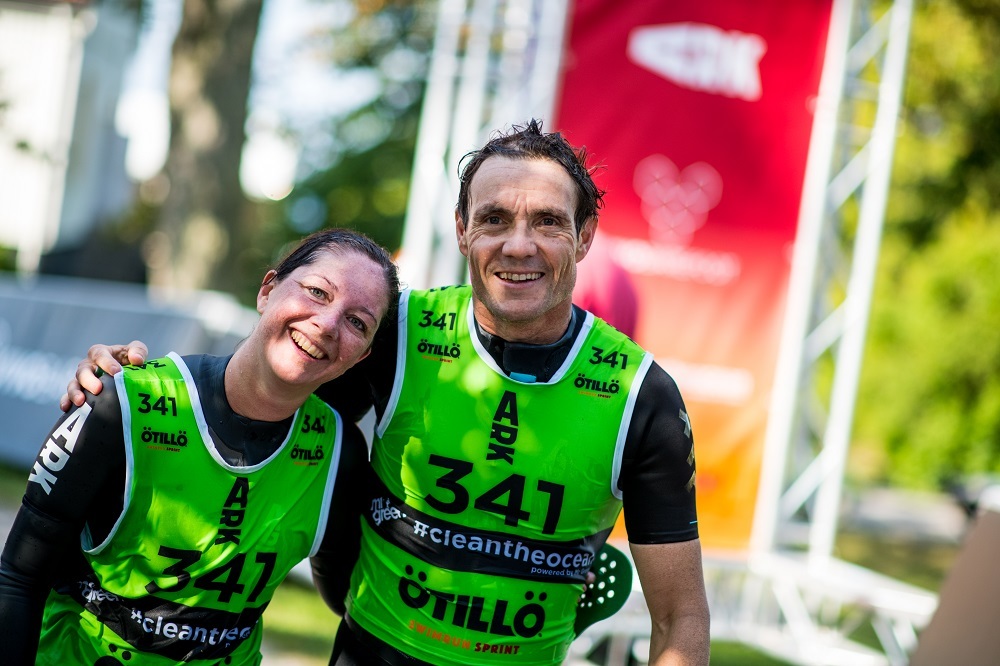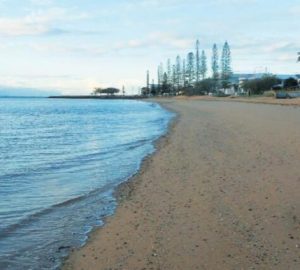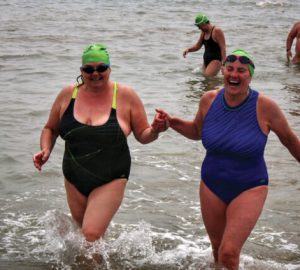Tempted by swimrun? How should you go about adding running to your swim training?
Last weekend I ran 30km. It was the longest run I’ve done in about 30 years, and my legs let me know about it. Being fit for swimming is great but it’s surprising, and frustrating, how little it prepares you to run.
The reason for this running madness? I’ve signed up to Ötillö Swimrun Malta at the end of November. The race consists of 13 run sections totalling 30.2km and 13 swim sections covering 8.9km.
While I’ve done swimrun before, I’ve only tackled sprint distance events. This meant I could get away with doing very little run training. That approach won’t cut it for Ötillö Malta, which requires being able to run almost three quarters of a marathon on trails.
The trouble is, as a swimmer, I find running training tough. When I run for an hour, even if I run slowly, I have stiff ankles and sore muscles for days after. That doesn’t happen with swimming. And I’m much more tired after a run than a swim. Consequently, running impacts how I swim. I’ve become more susceptible to cramp, it’s harder to maintain pace on threshold sets and I’ve had to abandon some planned swim sessions because I’ve been too exhausted.
On the other hand, there are benefits. I’m lucky enough to live near the Thames tow path and I’ve explored parts of it I haven’t seen before (while keeping an eye out for potential swimming spots). I’m excited about doing something different and I’ve even found that running can be enjoyable once you get used to it.
If you’re tempted by swimrun and want to add running to your swimming, I’d recommend the following:
- Start small (the first runs I did were 10 minutes long).
- Start slow (I did four weeks of slow running before trying any interval training).
- Be mindful of how your body is reacting to running. Rest more, eat more, drink more water. Warm up before and stretch after (I’ve always been a little sceptical of stretching, but a few minutes of post-run stretching does seem to help recovery).
- Scale back the effort level on some of your swims. Focus on good technique, staying efficient and feeling relaxed in the water.
- Book yourself into a swimrun race – they are great fun, adventurous and I’m convinced it’s easier for a swimmer to become a runner than the other way around.

After the “Final 15” at the Ötillö World Championships in Sweden with race partner Melanie Haack. Image (and image above) by Pierre Mangez. The Final 15 covers the final 15km of the 75km World Championship course. I was inspired to sign up for Ötillö Swimrun Malta after doing the sprint version and watching the full distance race.
Sample swimrun training plan
My aspirational training plan for Ötillö Swimrun Malta looks something like this – although it’s subject to frequent changes because of family, work and other commitments (such as next weekend’s National Masters Swimming Championships).
Monday
- AM: Swim (4km, 400s, steady pace)
- PM: Easy run (5km slow pace)
Tuesday
- AM: Swim (3km, threshold training)
- PM: Run (10km, interval training – eg. 6 x 1000m or tempo run)
Wednesday
- AM: Swim (3km, sprints)
- PM: Easy run (5km)
Thursday
- AM: Lie in
- PM: Club swim session (4 to 5km)
Friday
- Rest day or easy run (3 to 5km) or easy swim (2km) depending how I feel.
Saturday
- AM: Club swim session (3.5 to 4.5km)
- PM: Long run (built from 10km to 30km since September)
Sunday
- Rest, stretch and eat chocolate








